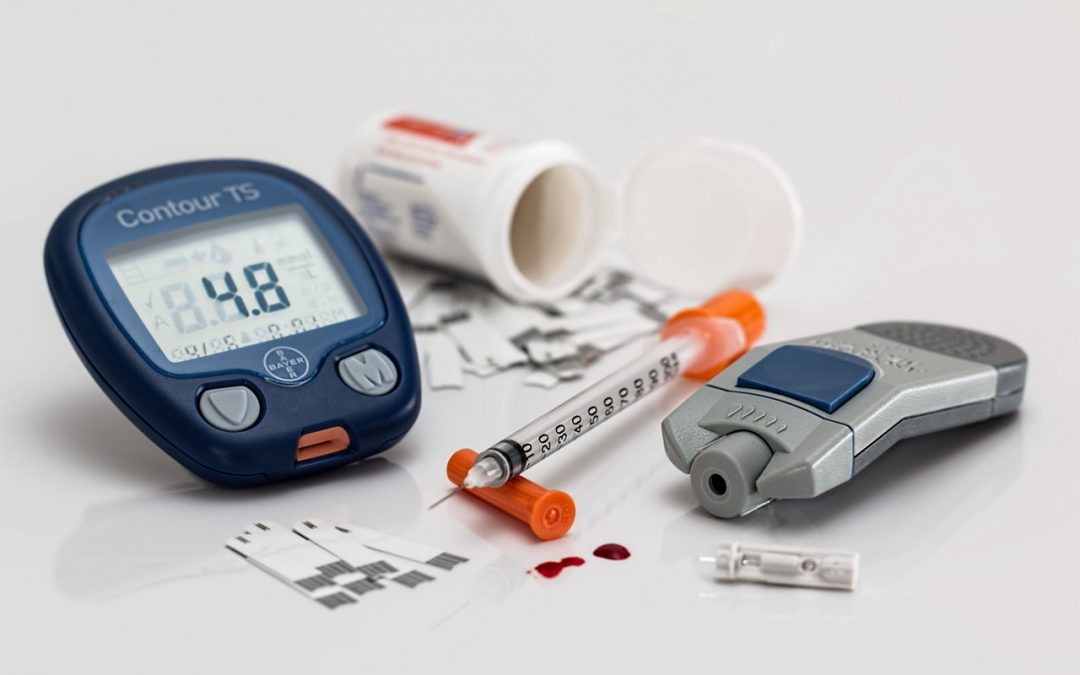If you’ve ever seen the film “Master and Commander”, there’s a scene where one character has to have his arm amputated. It’s a tough scene to watch, as the boy in-question has to endure the ordeal with no anesthesia and nothing but a wooden board to bite on. It goes without saying that healthcare technology has changed a lot since the early 19th century, when this film takes place. ReferralMD recently released its annual 2017 Healthcare Technology Review, where it examined some of the most exciting technological innovations of this year. Here are a few of them that really got me excited:
Education innovations: It’s estimated that the US needs 96,000 more doctors to meet current needs. To help educate this new crop of doctors, 3D training tools are being offered that help future doctors learn about anatomy without ever having to cut open a cadaver. While medical 3D imagery is nothing new, new technology allows organs to pop out of the screen and be manipulated with the touch of a stylus in ways that have never been seen before.
Human head transplants: The thought of a “human head transplant” sounds almost cartoonish, but Italian neurosurgeon Sergio Canavero is determined to make it happen. Due to the difficulty of connecting the spinal cord, Canavero has suggested improvements in the process through a special blade and the polymer polyethylene glycol. Surgically removing the head in an orderly fashion should allow surgeons to reattach all the nerves and blood vessels to the new body, while the spinal cord is connected by special bio-compatible glue. It goes without saying that it would be awfully expensive. The procedure, according to Canavero, has a 90% chance of success and would require 150 medical professionals and 36 hours to complete, followed by a few months of recovery.
Warm blood perfusion: Heart transplantation is the treatment of choice for many people with severe heart failure. It can be a risky procedure, although survival rates have improved over the years. However, the number of heart donors has started to plateau, while demand for hearts increases. Historically, many surgeons have preserved organs in a cold solution in a cooler, but this can damage the organs in-question and in many instances leave them useless. Yet a new process called “warm perfusion” keeps hearts beating and lungs “breathing” while allowing doctors to assess and treat organs to make them last longer.
Leadless pacemakers: According to legend, Dr. Wilson Greatbach accidentally invented the pacemaker in the 60s when he grabbed the wrong resistor from a box and plugged it into a circuit. Today, companies have created new versions of his technology called Micra and Nanostim, which reduce potential risks of transvenous pacemakers.
Organs on a chip: Clinical trials take years to complete, and the tedious process of testing one compound can cost billions of dollars and cost the lives of countless laboratory animals. Researchers have started to experiment with new technologies that will reduce the time and cost of such trials. Microchips called “organs-on-chips” have been developed that recapitulate the microarchitecture and functions of living organs, offering an alternative to controversial animal testing.
Young blood anti aging: A new treatment option is being developed, using the blood of people under the age of 25 to reverse the effects of aging. Companies have been developing the key proteins in plasma that rejuvenate human tissues and manufacture a product that uses them. This has got a long way to go, but with potentially game-changing consequences that could make eternal youth a reality.

